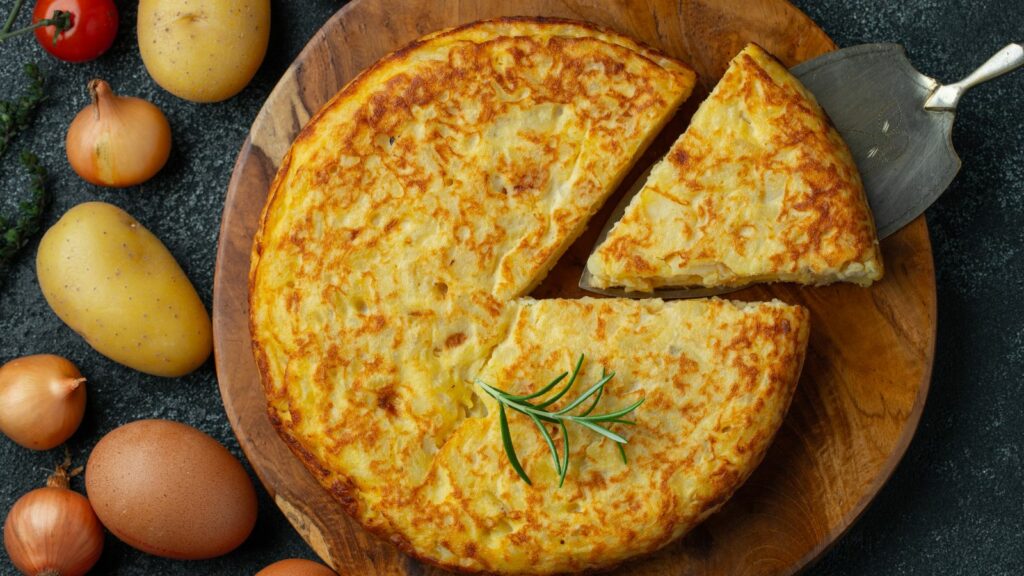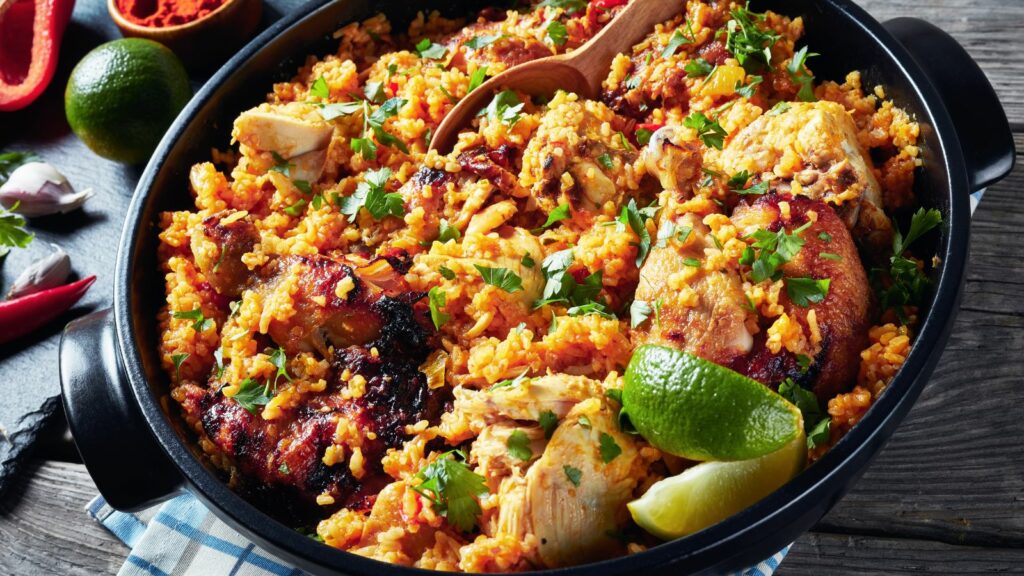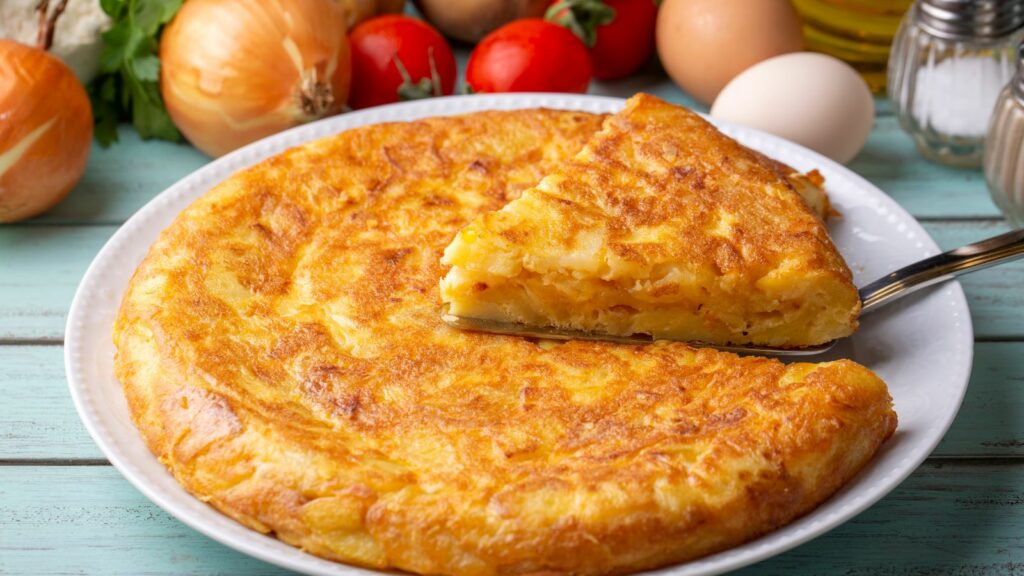Embark on a culinary journey through the vibrant world of Spanish cuisine. Renowned for its rich flavors, diverse influences, and traditional recipes passed down through generations, Spanish cuisine offers a gustatory adventure that’s sure to captivate food lovers.
From the coastal delicacies of the Basque region to the hearty stews of the interior, Spanish cuisine is as varied as the country’s landscape. It’s a delectable blend of history, culture, and geography, each dish telling a story of its own.
Cuisine in Spanish
The evolution of Spanish cuisine, much like its history, intertwines with influences and contributions from various cultures. This melange of tastes and culinary approaches has carved out what we now recognize as Spanish cuisine.

Spanish cuisine’s dexterity resides in its absorption of diverse culinary traditions, retaining the essence while adapting creatively.
The Romans, for instance, introduced olives and olive oil, which utterly defines the Spanish cooking style. Their vineyards also initiated Spain’s journey towards becoming a prominent wine-producing nation.
The Moors’ 800-year rule has left indelible marks on Spanish cuisine. They introduced almonds, citrus fruits, and spices like saffron and cumin, thereby enriching the Spanish culinary landscape. Their intricate method of irrigation also transformed agriculture, allowing for the cultivation of a broader range of produce.
Other big influences, like the New World’s contributions of potatoes and tomatoes, redefined the Spanish culinary canvas, leading to iconic dishes like Patatas Bravas and Paella.
Regional Variations in Spanish Cuisine
Spanish cuisine, enriched by historical influences and diverse regional produce, exhibitions a myriad of flavors differing across its geographical landscapes. This section further explorers the unique tastes and dishes specific to the Northern and Southern regions of Spain.

Northern Spain prides itself on a gastronomical adventure distinct in every aspect. Fresh seafood, plucked straight out of the Cantabrian Sea, graces the culinary scene, shining in dishes like ‘Zarzuela’, a mixed seafood stew gently simmered in tomato and white wine sauce. Cooking on an open flame, a tradition sustained from prehistoric times, lends a pleasantly charred taste to meat dishes, exemplified in ‘Chuletón’, a hulking T-bone steak seared to perfection on a charcoal grill.
Asturias, another region in Northern Spain, boasts apple orchards, leading to a culture deeply rooted in cider production. Perhaps no meal is more representative of Asturias than ‘Fabada,’ a hearty bean stew, traditionally paired with a glass of crisp cider.
Galician cuisine, heavily reliant on the Atlantic’s bounty, showcases dishes like ‘Pulpo a la Gallega’, a tender octopus dish served with a sprinkling of paprika and olive oil.
Essential Dishes in Spanish Cuisine
Following the journey into the compelling history and regional variants of Spanish cuisine, we now step into the heart of it – the essential dishes. A virtual feast awaits with a plethora of tastes, colors, and stories, all tied together into unique dishes that highlight Spain’s culinary richness.

Tapas, they’re not just miniature meal portions, they represent a cultural custom of communal dining in Spain. Originating from Andalusia, Tapas consist of a wide array of appetizers or snacks, both hot and cold; from olives, cheeses, and cured ham, to squid, prawns, and potato cubes, known as ‘patatas bravas.’ Tapas are an intrinsic part of Spanish gastronomy, emphasizing the aspect of sharing and sociability that is deeply embedded in Spanish culture.
Paella, a testament to the art of one-pan cooking, is synonymous with Spain. This iconic dish traces its roots to Valencia, where it was originally prepared by farmers using rabbit, chicken, and local beans cooked together with rice in a large flat pan known as the ‘paella’. Over time, it has evolved, incorporating other ingredients such as seafood, sausage, and saffron, the latter giving it its characteristic yellow hue. It symbolizes the mix of cultures reflected in Spanish cuisine, blending the local produce of diverse regions into one harmonious dish. Paella is not just a meal, it’s a reflection of Spain’s rich cultural tapestry, enjoyed ceremoniously on Sundays and festive gatherings.

